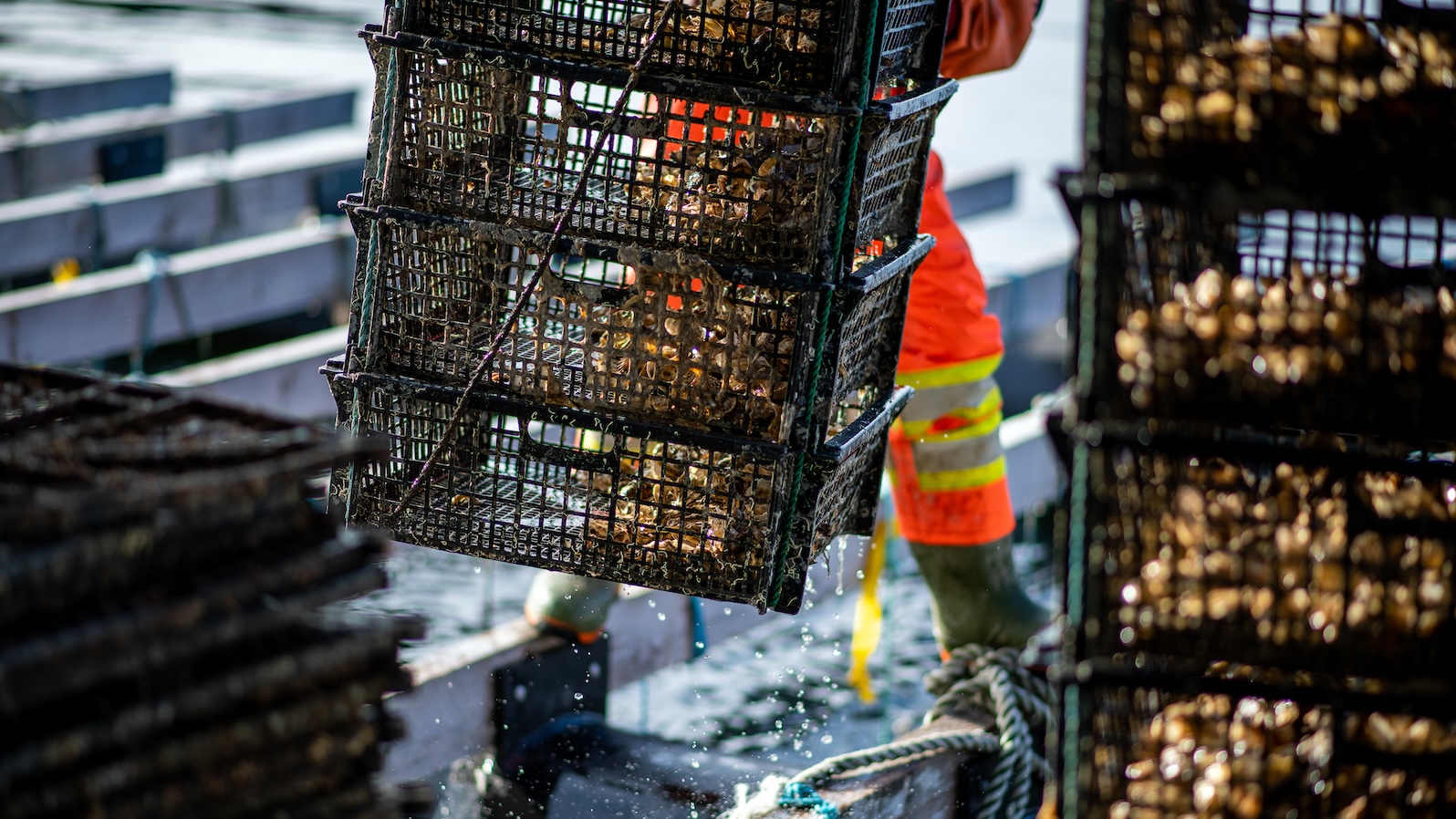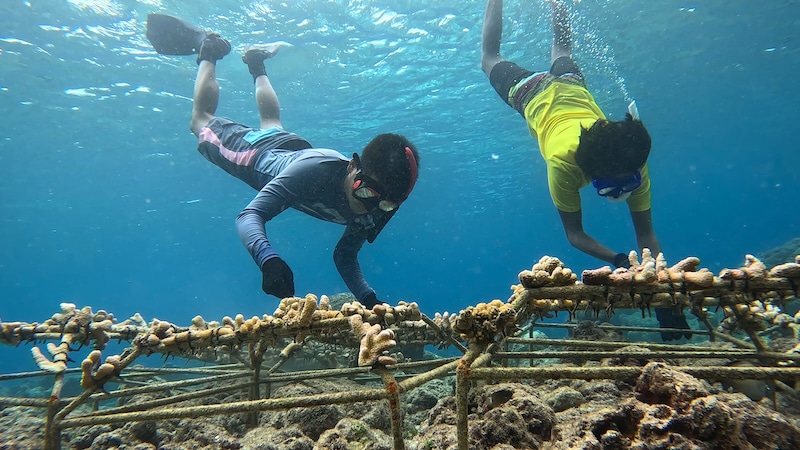Washington State’s Makah Tribe has been granted a federal waiver to resume its hunting traditions off the state’s coastline, allowing the Tribe to take as many as 25 Eastern North Pacific gray whales from United States waters over the course of a decade.
The waiver from the Marine Mammal Protection Act (MMPA)’s take prohibitions allows limited ceremonial and subsistence hunting of the whales in accordance with International Whaling Commission quotas and the Treaty of Neah Bay of 1855, a press release from NOAA Fisheries said.
“This final rule represents a major milestone in the process to return ceremonial and subsistence hunting of Eastern North Pacific gray whales to the Makah Tribe,” said Janet Coit, NOAA Fisheries assistant administrator, in the press release. “The measures adopted today honor the Makah Tribe’s treaty rights and their cultural whaling tradition that dates back well over 1,000 years, and is fundamental to their identity and heritage.”
Before a hunt, the Tribe and NOAA Fisheries are required to enter into an agreement under the Whaling Convention Act, and a permit must be obtained by the Tribe. The final rule includes harvest limits, time and area restrictions, low population thresholds, restrictions on how the gray whale parts may be used and monitoring and reporting requirements.
The Tribe will be limited to two to three Eastern North Pacific gray whales taken annually from U.S. waters. NOAA Fisheries will continue to impose adaptive management strategies to protect endangered Western North Pacific gray whales, as well as the Pacific Coast Feeding Group of Eastern North Pacific gray whales.
“Under this final rule, there will be no change to the number of Eastern North Pacific gray whales that can be hunted under a quota first established by the IWC in 1997. The IWC quota is shared between the Makah Tribe and the Chukotkan Natives in Russia. This action will allow the Makah Tribe to use the quota which has in past years been transferred to Russia,” the press release said.
The Eastern North Pacific gray whale Unusual Mortality Event was closed by NOAA Fisheries earlier this year. It included the stranding of 690 gray whales between December 17, 2018, and November 9, 2023. Peak strandings occurred between December 2018 and December 2020.
The most recent estimate of the gray whale population — based on southbound counts during the winter of 2023 to 2024 — is that there are roughly 17,400 to 21,300 individuals.
In 1994, the Eastern North Pacific gray whale was delisted from the Endangered Species Act, reported Reuters.
The Makah Tribe requested a limited waiver of MMPA’s moratorium on taking Eastern North Pacific gray whales from NOAA Fisheries on February 14, 2005, the press release said.
Timothy Greene, Sr. — Makah Tribal council chairperson — said the amount of time it took to secure the waiver was unjust, but the Tribe was happy about the decision, Reuters reported.
“Whaling remains central to the identity, culture, subsistence, and spirituality of the Makah people, and we regard the Gray Whale as sacred,” Greene said in a statement, as reported by Reuters. “In the time since our last successful hunt in 1999, we have lost many elders who held the knowledge of our whaling customs, and another entire generation of Makahs has grown up without the ability to exercise our Treaty right.”
According to archaeological evidence, the Makah hunted whales for food in cedar canoes from time immemorial, stopping only after the population was decimated by commercial whaling in the early 20th century, The Guardian reported.
“We’ve never lost sight of the importance of whales and whale hunting,” Janine Ledford, Makah Cultural and Research Center’s executive director, told KNKX public radio, as reported by The Guardian. “You know, we weren’t hunting for roughly 80 years, but that didn’t mean that our community – that our tribe, you know – forgot how important whales are to us.”
The post Washington State’s Makah Tribe Receives Federal Waiver to Hunt Gray Whales appeared first on EcoWatch.




